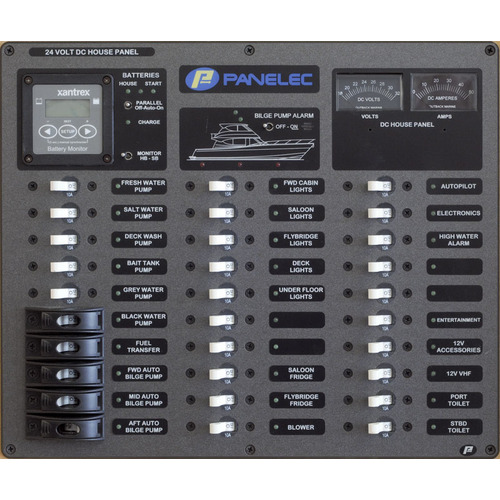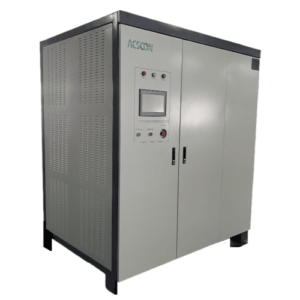Key Features of Distribution Panels
1. Design and Structure of Distribution Panels
Marine distribution panels are built with a modular layout that ensures clean segmentation of power zones across the vessel. Their compact and rugged construction allows installation in confined spaces, while withstanding ship vibrations and environmental challenges.
2. Distribution Panels Material
Crafted from corrosion-resistant metal and finished with marine-certified coatings, these panels are highly durable. Internal wiring, terminals, and breakers are insulated and designed for fire safety, supporting long-term performance in harsh conditions.
3. Lifting Capacity
While not used for mechanical lifting, the panels handle high current loads with ease. They are responsible for managing energy across propulsion, lighting, HVAC, communication, and auxiliary systems with accuracy and stability.
4. Installation and Integration of Distribution Panels
Designed for easy integration into both new ships and retrofit projects, the panels come with customizable mounting brackets and cable entry options. Their adaptable design supports centralized or decentralized energy systems as per the vessel’s layout.
5. Safety and Control
These marine systems offer protection through circuit breakers, fault detection, phase monitoring, and emergency shutoffs. Real-time indicators and labeling enhance visibility, helping crew manage power zones securely and efficiently.
6. Durability and Maintenance
Built to minimize corrosion and environmental wear, the panels require little maintenance. Their layout allows for quick diagnostics and easy access to internal components, reducing service time during inspections or repairs.
7. Versatility
Used across a wide range of vessels, the panels support both AC and DC distribution. Whether for main control rooms or localized units, they handle diverse marine energy needs with customizable voltage and phase configurations.
8. Compliance and Standards
All panels are tested and certified to comply with IEC 60092, IMO fire safety codes, and approvals from DNV, ABS, and Lloyd’s Register. This ensures global marine compliance and peace of mind for vessel operators.








